Design & Technology
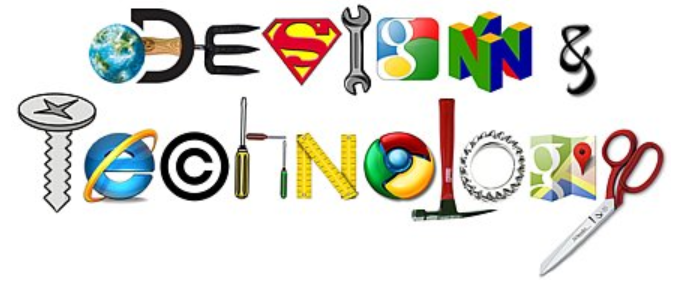
At Waverley Junior Academy we value Design and Technology as an important part of the children’s entitlement to a broad and balanced curriculum. The Design and Technology scheme of work aims to inspire pupils to be innovative and creative thinkers who have an appreciation for the product design cycle through ideation, creation and evaluation. We want pupils to develop the confidence to take risks, through drafting design concepts, modelling, testing and to be reflective learners who evaluate their work and the work of others. Through our schemes of work, we aim to build an awareness of impact of design and technology on our lives and encourage pupils to become resourceful, enterprising citizens who will have the skills to contribute to future design and advancements.
The Design and Technology National Curriculum outlines three main stages of the design process: design, make and evaluate. Each stage of the design process is underpinned by technical knowledge which encompasses the contextual, historical and technical understanding required for each strand. Pupils are encouraged to follow and respond to design briefs and scenarios and to also make improvements to their work. Cooking and nutrition has a separate section, with a focus on specific principles, skills and techniques in food, including where food comes from, diet and seasonality.
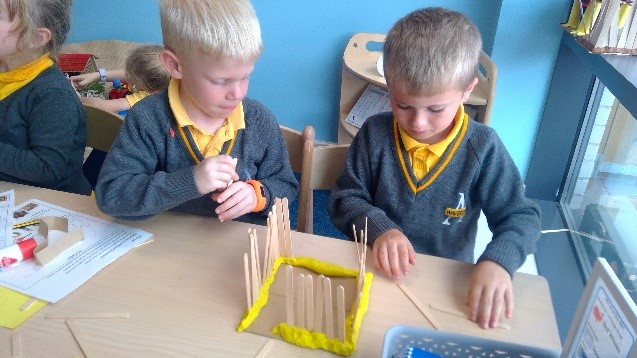
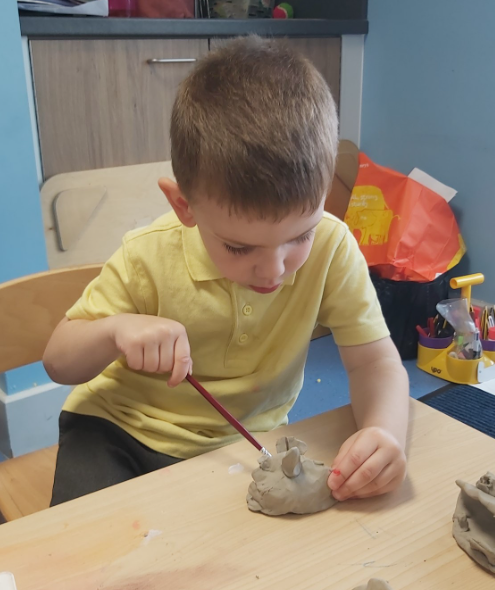
Lessons at Waverley Junior Academy incorporate a range of teaching strategies into independent, paired, and group work, including practical, computer-based and inventive tasks. This variety means that lessons are engaging and appeal to children suited to different learning styles. Differentiated guidance is available for every lesson to ensure that lessons can be accessed by all pupils and opportunities to stretch pupils’ learning are available when required.
Where possible lessons are cross curricular and based on current topics. This allows the children to make links between their learning and transfer skills they have developed in other subjects. Books that inspire pupils’ love of reading are used as a hook for the design process and to allow children to see the purpose of the work they produce. During practical lessons, teachers emphasise the importance of respecting the classroom rules and using the equipment safely and carefully.
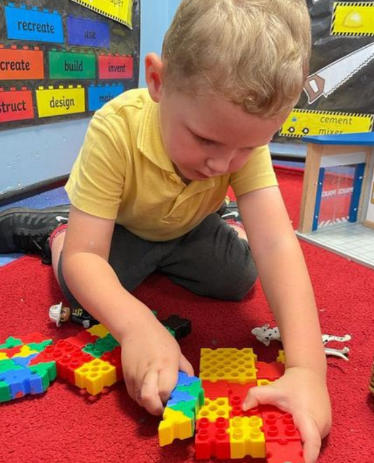
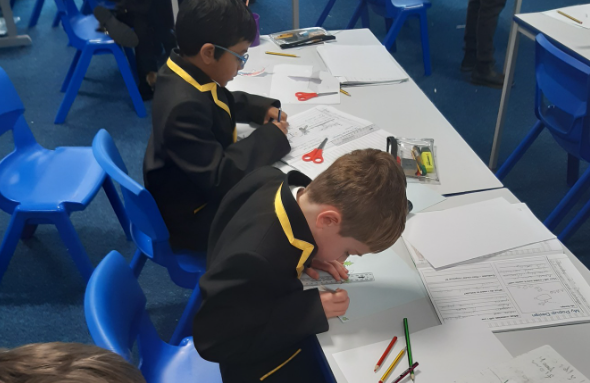
The impact of Design and Technology is constantly monitored through assessment opportunities. Each lesson includes guidance in assessing pupils against the learning objectives. Successful teaching and learning in Design and Technology at Waverley is shown through outcomes in curriculum books. Within these books there is evidence of a broad and balanced Design and Technology curriculum that demonstrates the children’s knowledge and understanding relating to the National Curriculum objectives. Design and Technology work is regularly shared via our Waverley Facebook page and the school website.
Foundations@Waverley (F@W)
Design and Technology in the Early Years Foundation Stage is taught through the ‘Expressive Arts and Design’ strand. Pupils are taught to use a range of small tools, including scissors, paint brushes and cutlery. Pupils are encouraged to safely use a variety of materials and experiment with techniques while exploring colour, design, texture form and function. At Waverley, we encourage pupils in EYFS to share their creations, communicating effectively to explain the processes they have used. The skills, techniques and the vocabulary the children are taught in EYFS help prepare the children to be successful as they progress into KS1.
Supporting documents
Please check below to download the National Curriculum Design & Technology Programmes of Study
Design and Technology @ Waverley
Foundation Stage
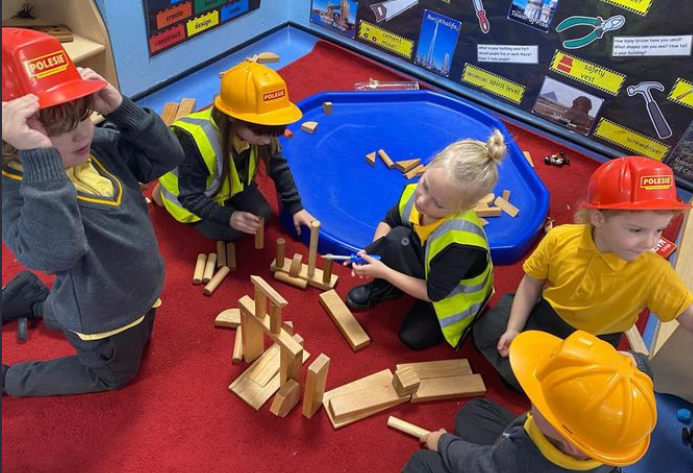
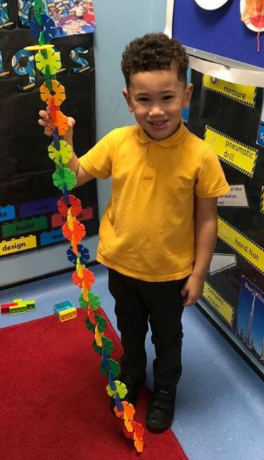
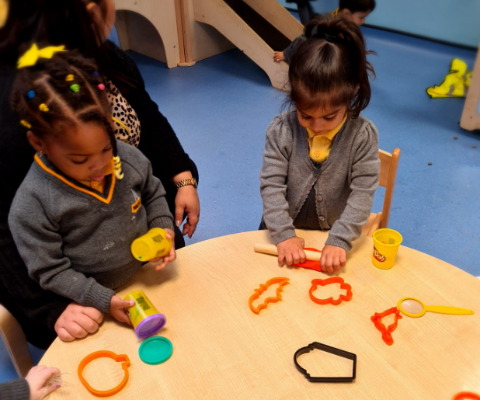
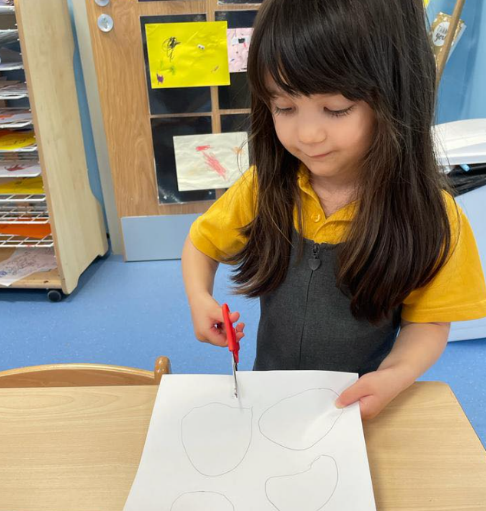
Key Stage 1
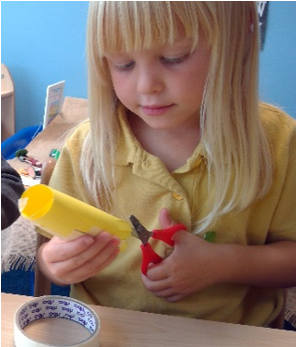
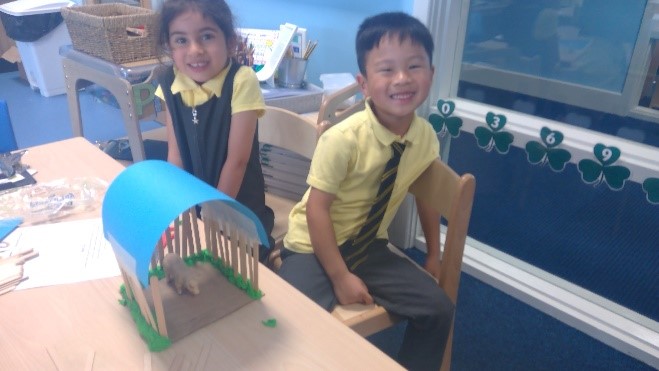
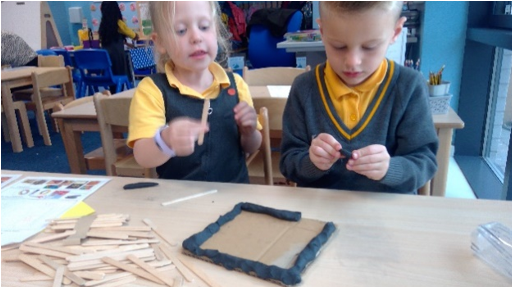
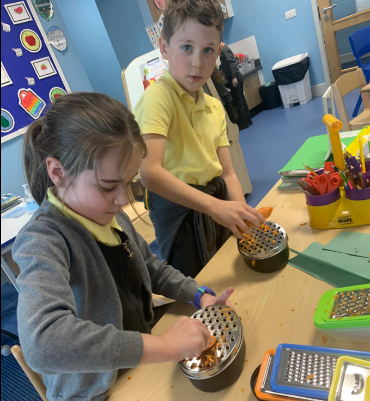
Key Stage 2
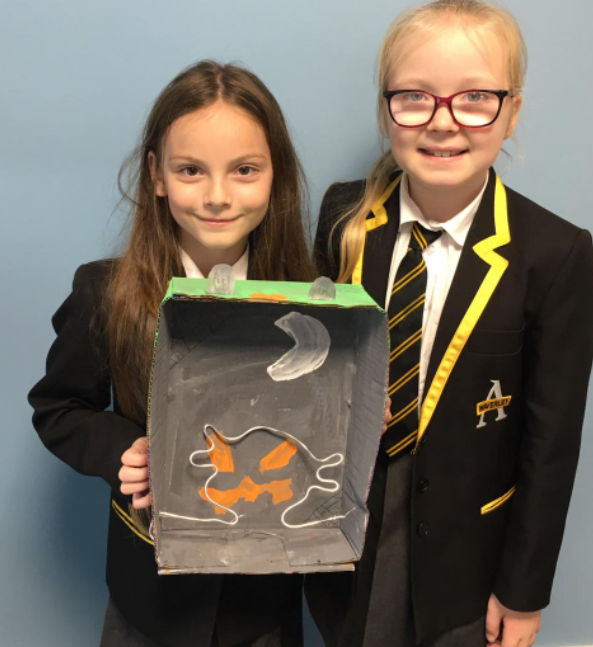
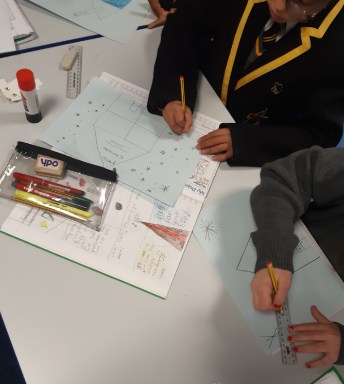
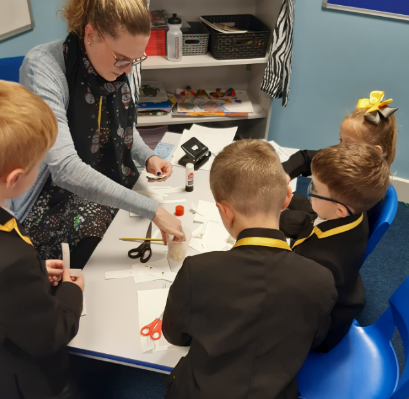
If you have any questions about how design and technology is taught within school or how to further support your child at home, please do not hesitate to contact Mrs. Booth (DT Lead)